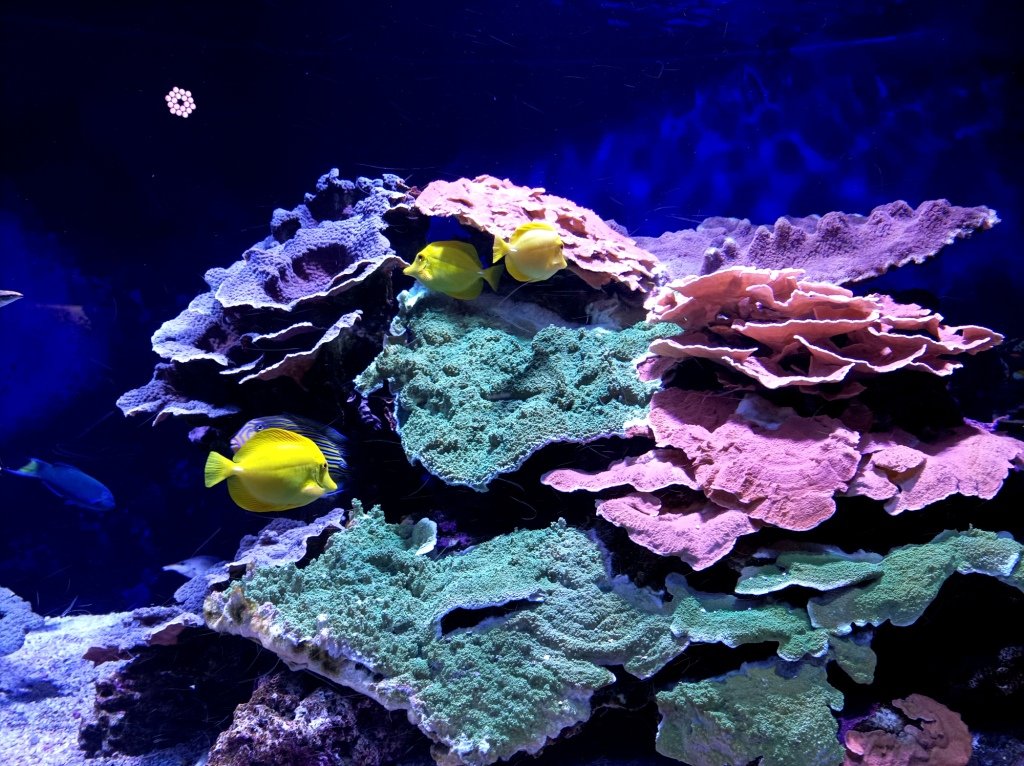My impressions of Monaco
The radiance of Monte Carlo – The serene beauty of the Rock of Monaco
The Monte Carlo Bay Resort Hotel.
Monaco is the second smallest state in the world after the Vatican. It used to be much larger but when in 1860 Roquebrune and Menton were annexed to France, the Principality lost 88% of its area. What has remained are: the Rock where the Palace and the Old Town (Monaco ville) are located; Condamine where today the impressive yachts are moored; the Spélugues hill, today’s Monte Carlo; and the strip of land up to the Monte Carlo Beach Hotel, with the beautiful villa, La Vigie, built on its border.
Villa La Vigie, Monaco.
Before 1860, these places were covered with crops, infinite lemon groves (lemons were exported as far as Tsarist Russia), and dirt paths, while the means of transportation were mules and boats. When Roquebrune and Menton seceded, the revenue from the lemon groves was lost and, with the shrinking of the area, the Principality faced a difficult economic situation.
So, the young Prince Charles III conceived the idea of calling the businessman François Blanc, who had already successfully organized the Casino of the spa town of Homburg in what is today Germany. The idea was for Monaco to become a tourist destination like Cannes and Nice were at that time. The first thing François Blanc suggested to the Prince was to extend the railway from Nice to Monaco because otherwise no one would come to the Principality as the few visitors until then usually arrived by boat.
Prince Charles III of Monaco.
In 1865, the Casino was built on the grove-covered small hill of Spélugues. Shortly thereafter, in 1867, the legendary Hôtel de Paris came into being and, soon afterwards, villas and other hotels began to be constructed in the surrounding area. The new buildings followed the Belle Époque architectural style, similar to those of Nice and Cannes. Prince Charles III (Carlo), seeing the impressive transformation of the hill, gave it his name: Monte Carlo.
Hôtel de Paris, Monte Carlo.
Thus, the lemon groves and the financial problems were forgotten and thanks to the great attraction the Casino had for the European élite, Monte Carlo became the most beautiful resort destination of the Belle Époque era. Its success was so great that Charles III exempted the people of Monaco from taxes.
The Monte Carlo Opera, Salle Garnier - Courtesy: Monaco Press Centre.
For the Princes of Monaco, as well as for the Monegasque subjects, the entrance to the Casino was and remains prohibited; but when there are performances at the Opera, which was built as an extension of the Casino and faces the sea, the audience enters via a separate, impressively ornate doorway.
Panoramic view of the Rock of Monaco.
The radiance of Monte Carlo, still shining today, overshadowed the Old Town on the Rock, where the Palace is located. I have visited it quite a few times and I have always felt like I was in another world – one of serenity, beauty, and pink villas done in a classical style. The Monegasques live happily close to their Prince and the glittering life of the opposing hill seems in no way to deter from their day-to-day existence.
The author’s early morning visit to the Prince’s Palace of Monaco.
On my most recent visit, I was delighted to see the restoration of the external frescoes on the Court of Honour and the Gallery of Hercules of the Palace. This beauty of the Italian Renaissance, by Genoese artists, shone in all its splendour under the morning sun.
Gallery of Hercules at the Prince’s Palace of Monaco.
The House of Grimaldi was founded in 1160 in Genoa and became the ruling house of Monaco when Francesco Grimaldi, called il Malizia (from the Italian: malicious) captured the Rock of Monaco on the night of January 8th, 1297. Dressed as a Franciscan friar, he was greeted at the gates of the castle and seized it along with his cousin Rainier I, Lord of Cagnes. The event is commemorated on the Monegasque coats of arms, depicting two friars armed with swords, and the red and white lozenges, which are the heraldic colours of the House of Grimaldi. Since that time, the dynasty has ruled Monaco and is the oldest ruling dynasty in Europe.
Coats of Arms of the House of Grimaldi.
The beautiful and serene Old Town was a sight to behold on the morning of Palm Sunday, as I proceeded to the Cathedral for Mass. The Cathedral was constructed in 1875, in the Roman-Byzantine style, in place of the demolished 600-year-old church of Saint Nicholas. It houses the tombs of Monaco’s former Princes and, inside, the magnificent high altar and the episcopal throne are made of white Carrara marble.
The Cathedral of Monaco.
Beautiful flower beds on the way to the Oceanographic Museum of Monaco.
I then followed the narrow street, adorned with parterres of flowers and hanging gardens, to visit the Oceanographic Museum. Prince Albert II is firmly committed to the protection of marine biodiversity following the vision of his ancestor Albert I, one of the pioneers of oceanography. He was the founder of the Oceanographic Museum in 1910, which is one of the most significant oceanographic museums in the world, and which impressively climbs the Rock while seagulls fly overhead.
The Oceanographic Museum in Monaco.
In the Aquarium I discovered the wonders of the Mediterranean Sea exhibit. Being Greek, the Mediterranean is in my heart, of course, and I was thrilled to emerge into its depths without a mask and observe its bright and colourful fauna and flora. Then I proceeded to the Tropical Seas to explore the abundant life of the coral reefs in the oceans. Endowed with surprising power, certain corals are the source of mysterious luminous phenomena by their fluorescence. I was also enchanted by the amazing colours of the tiny fish. A truly polychromatic spectacle!
Amazing colours in the depths of the oceans in the Aquarium of Monaco.
Time to leave the Oceanographic Museum and reach the other side of the Rock to gaze at the panoramic view of Monte Carlo. It’s true that its radiance attracts thousands of wealthy people who want to live in its skyscrapers. While here on the Rock, the Monegasques live serenely with their century-old traditions and the deep bond they have with their Princes. This everlasting attachment is expressed with cheers and countless flags waving on National Day, November 19th. They gather in the Palace Square, while the princely family is seen through the windows of the facade, which also houses the Hall of Mirrors and the beautiful portrait of Princess Grace.
The Portrait of Princess Grace of Monaco.
The Monegasques are grateful that their Principality has remained independent over the centuries. I think that this is admirable because, if we look back at the History of Europe, it is the only principality that was not absorbed by larger kingdoms or states.
Τhe Prince’s Palace of Monaco.
And here’s an example of a diplomatic maneuver. When in the early 1960s problems arose with the President of France, Charles de Gaulle, Prince Rainier III of Monaco said rather angrily:
"They want to drop an atomic bomb to kill a mosquito..."
Prince Rainier III must have been an excellent negotiator because Monaco remains gorgeously proud, high up on its Rock, with its red and white flag flying above the medieval tower of the Palace.
Travel with my Books in English















